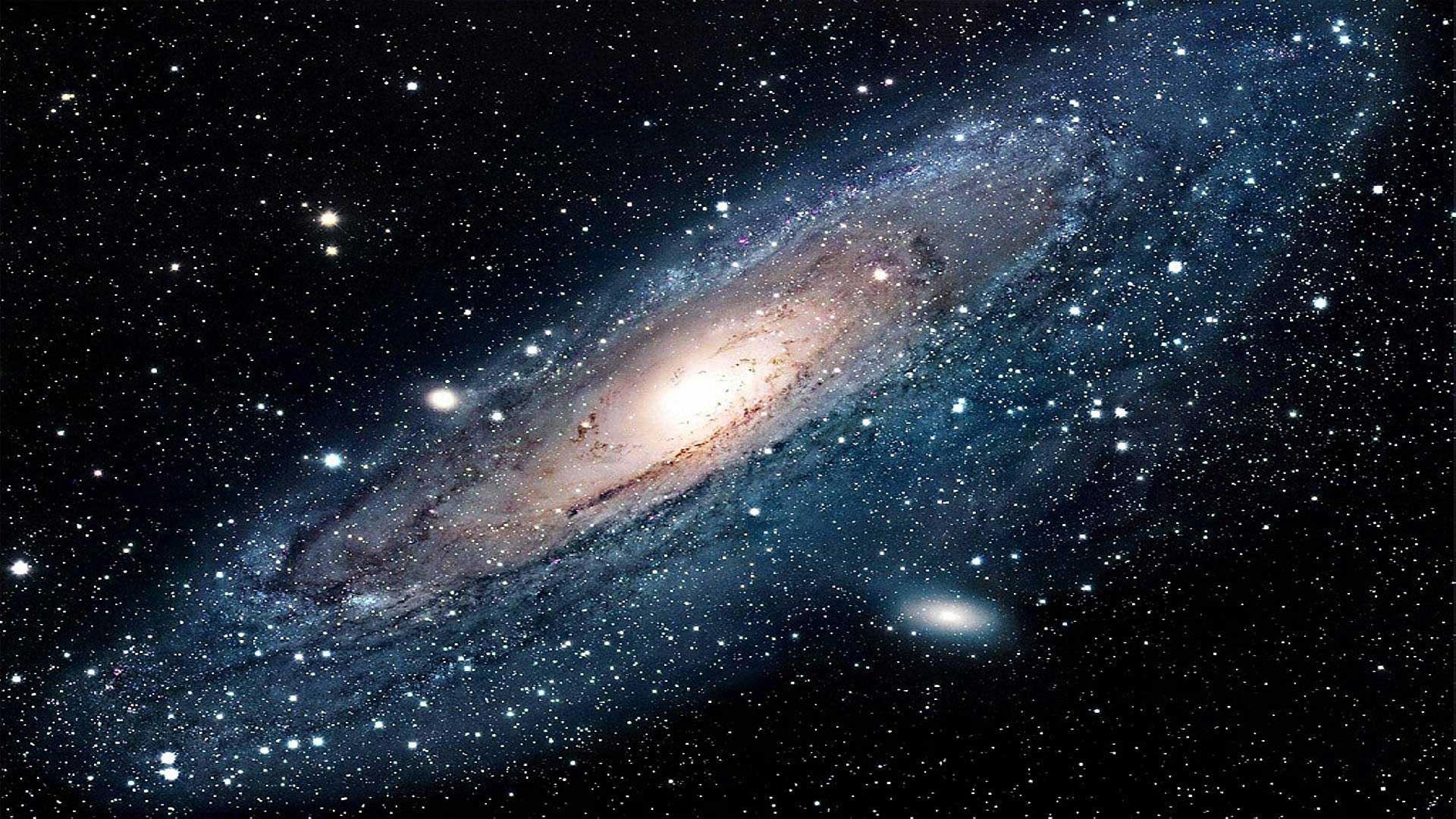Parasteen
Parasteen, sometimes called deaders, are intelligent parasitic creatures native to the 29 Orionis star system, 174 light years from Sol in the terrestrial constellation Orion. The system’s bright G star warms a half dozen planets either within or on the fringes of its habitable zone, including the parasteen homeworld 29 Orionis-6, a large, somewhat heavy gravity world of towering mountains and deep valleys all continuously reshuffled by massive tectonic activity, orbiting amid a young solar accretion disc still swarming with extinction-level comets and asteroids.
29 Orionis-6 is a violent world given rise to violent races and civilizations, all flickering in and out of existence over epochs, only to be controlled and ultimately dominated by its parasitic masters. When the fully evolved modern parasteen emerged—able to survive, manipulate, communicate, and advance technologically by controlling other dead creatures—they quickly took absolute ownership of 29 Orionis-6.
Parasteen can control the dead bodies of most alien beings, provided they have an opportunity to try and ample time to effect the necessary trial- and-error research. There are deader humans in the Known Worlds, but also deader rakashans, aurax, kalians, insectoids and yetis. For several reasons, there have never been successful parasitic unions with saurians, and some other minor races simply defy neural domination.
Basic Information
Biological Traits
Parasteens are hermaphrodites, with the sex organs of both male and female, contributing to their confusion about gender roles among other species and the propensity of aliens to assign deaders a gender matching that of their host body.
Genetics and Reproduction
Parasteen reproduce by laying eggs in a rotting corpse or some equally nutrient-rich medium, later fertilized by a second parasteen to hatch a clutch of several dozen young after 20 standard days.
Additional Information
Symbiotic and Parasitic organisms
Parasteens are a parasitic species that survives by entering the body of deceased creatures and taking control of the body. They call their hosts celebrants, organic beings who sold the rights to their corpse before death for lucrative fees. Some see this as taking advantage of those in need, but most see it as a perfectly viable business transaction. Anthropologically, the parasteen have no problem at all with this arrangement, a it completely satisfies their survival imperative. If anything, the newfound cooperation between parasite and celebrant hosts creates a more stable, predictable supply of bodies. This furthers their racial goals to experience life with many new host species.
Civilization and Culture
Common Dress Code
Modern deaders preserve their host bodies within specially made sealed suits that preserve the tissues and maximize duration. Style and nuance vary, but basic function is fairly standard across the Known Worlds. Moisture is preserved and recycled within the suit, but other waste materials are collected and must be expelled from the suit periodically.
Enriching nutrient infusions—readily available on any civilized world—help preserve the host body and keep it active. Commonly available preservation suits are made to fit the host bodies of all the major alien races. For any other host body a suit must be specially designed. Tailoring a preservation suit to a species for which it was not designed is a monumental task.
Lifespan
250-300 years
Average Physique
Physiologically, a parasteen is unremarkable. Its tiny body is a soft fleshy bag, either brownish- yellow or olive in color, covered with fine cilia along the back. It has a cluster of tendrils beneath, between two and six inches long and ranging in thickness from a whisker to a fine straw, used to attach to the host to control its neurons and brain functions, and also to draw upon its nutritious cardiovascular system, upon which it is completely dependent for sustenance.



Comments